Tersh Kepler of Omaha, NE is closely monitoring his yard for the appearance of dandelions. Why? Because, that will be his sign that morel mushrooms have popped up in his river bottom woods.
Many folks in Nebraska are getting antsy to head to their morel mushroom picking spots along river and creek woodlands. But, when will the morels emerge?
Kepler says the sprouting of dandelions in his Omaha yard will be the indicator, however, he knows there is more to it.
Whether vigilant for dandelion flowers, tree buds, blooming lilacs or flowering woodland phlox, morel mushrooms are truly at the whims of nature. Their arrival is determined by weather, soil temperature, moisture, the amount of organic matter in a given wooded location and a few secrets the natural world keeps to itself.
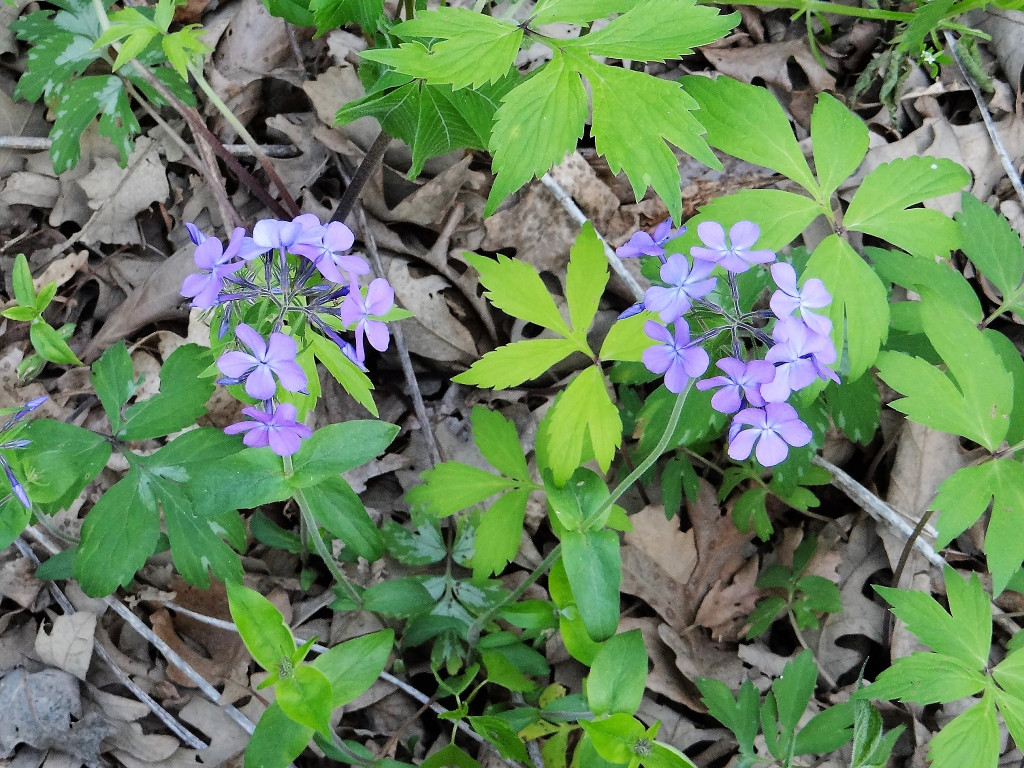
“We have adequate moisture, we just need ground temperatures to warm up,” stresses Kepler, who has been hunting morel mushrooms, wild asparagus and other wild edibles for decades, more than 50 years actually. He is on the public speaking circuit and even has his own website dedicated to morel mushroom hunting and foraging supplies: www.morelmushroomsupply.com
Kepler adds that ground temperatures, at least in eastern Nebraska, need to be from 50-60 degrees Fahrenheit (F) about 5-8 inches below the surface for morels to spring, and Kepler closely monitors the temps on Internet sites and with subsoil thermometers in different locations. Morels grown under controlled/managed conditions for commercial purposes fruit when the soil reaches a consistent temperature of approximately 53 degrees F. Regarding air temperatures for the morels to push through the soil, ideally they should be in the 60s and 70s in the daytime and no lower than 45 to 50 degrees F at night.
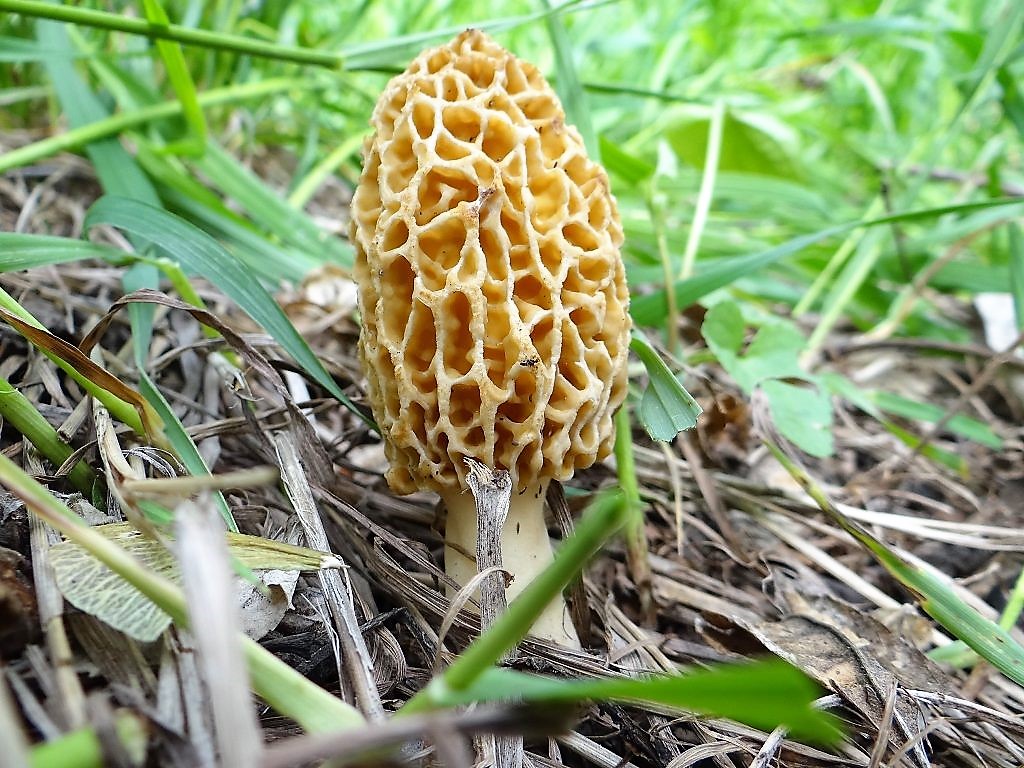
Kepler is cautious about predicting the arrival of morel mushrooms in river woods. That stated, he thinks morels could show up sometime during the week of April 22nd.
Kepler says the first morels of the season are typically the “early grays” and some “little yellows” that pop up in river bottom woodlands. “Those grays blend in well and can have very tiny caps about the size of the tip of your little finger.” The best advice he offers to early season morel mushroom hunters after the small grays and the little yellows is to slow way down on your foraging expedition. “Treat it like a still-hunt,” he further notes.

Kepler also advises to specifically search for morels using a star-like pattern to thoroughly comb an area for the prized culinary delicacies which have a rich, succulent, nutty, meaty, earthy flavor to them. A zigzag, crisscross pattern works to not miss any of the scrumptious fungi as well.
When it comes to exactly where to find morels in mature, old growth woodland habitat, the renowned foraging expert says to look for freshly dead hardwood trees – those hardwoods that have been dead for one or two years. He prefers to hunt for morels around dead and decaying cottonwood, elm, ash and apple trees with the bark still on them or just starting to peel.
“Read the trees,” recommends Kepler, who is also known as the tree whisperer. “Follow the limb systems from the trunk to their ends. Look up, look down. Really examine the leaf litter on the forest floor, especially where a more open forest canopy allows rays of sunlight to enter and warm the moist, loose soil. If you find one morel mushroom, there are going to be more, so keep looking. I have picked over 300 of them in one location.”
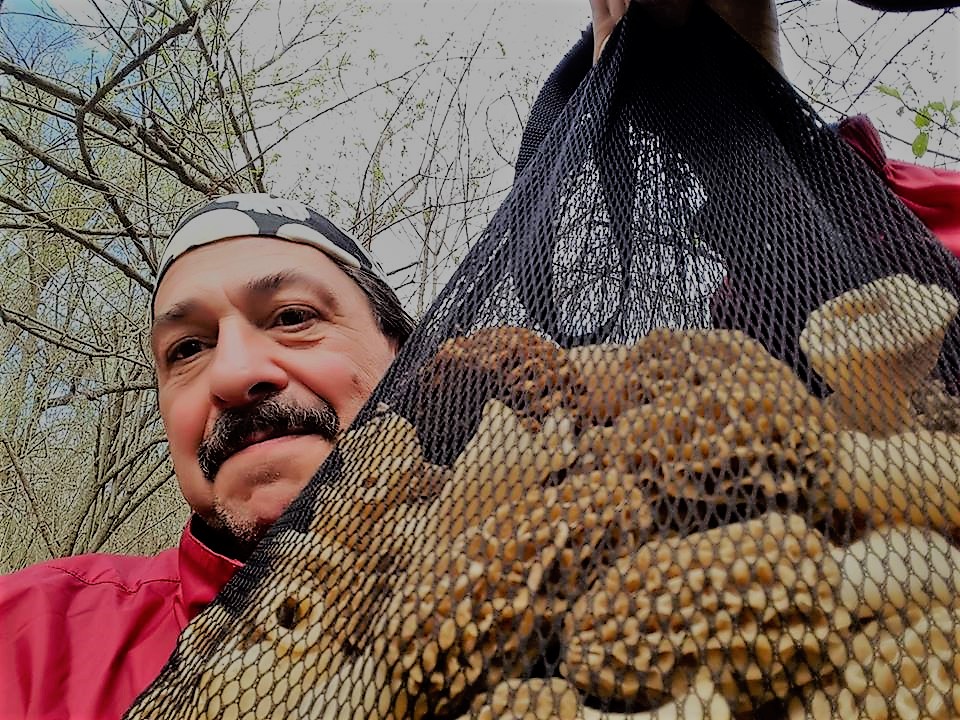
In addition, Kepler elects to look for morels in areas that have been recently burned or where the soil has been disturbed.
Initially, morels come out in woods along rivers like the Platte, Elkhorn and Missouri. As the morels 4 to 6 week season progresses, mushroom hunters need to eventually work their way up to moister, hilly forested areas above those rivers. The morel growing season usually runs from mid April into late May but rarely much longer. Foragers this year might see a shorter season due to weather-related factors.
Individually, once forth, a morel mushroom will continue to grow for up to 7 days. After that period, the morels get mushy and then dry out. The good thing though is that not all of the morels in an area come up at the same time.
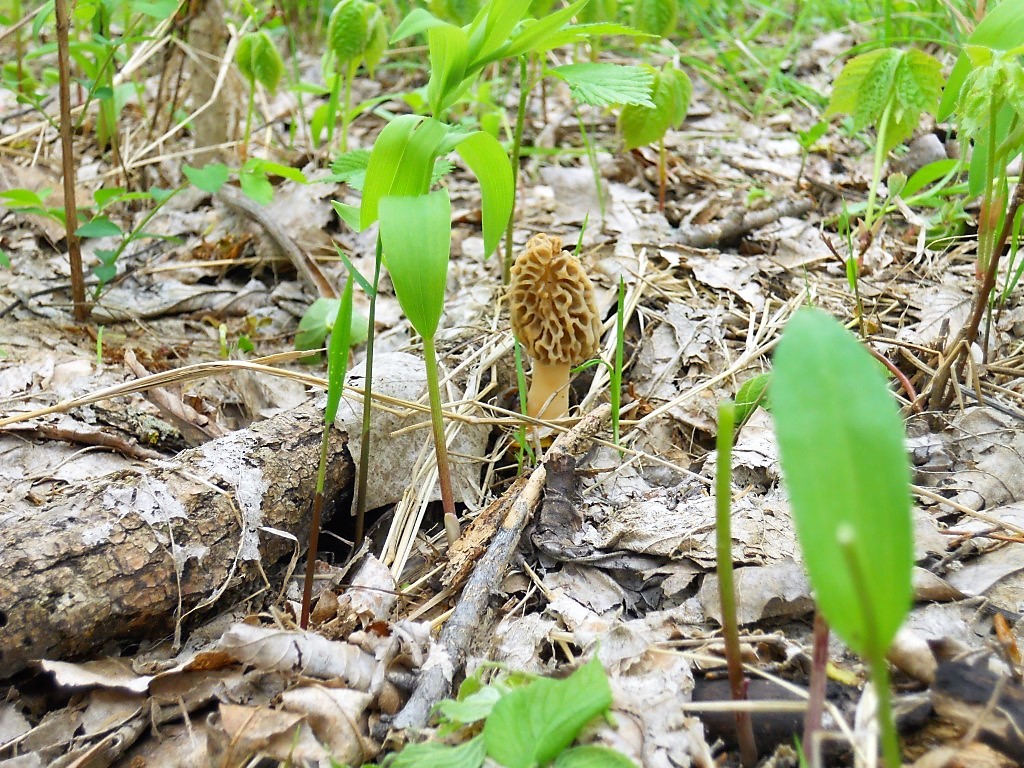
Anyone planning to morel mushroom hunt is reminded that he or she must get permission before venturing onto private property, whether it is posted or not. Trespassing runs the risk of having mushrooms confiscated and receiving an expensive trespass citation. Hobby picking (non-commercial picking) for morel mushrooms is allowed on Nebraska Game and Parks Commission owned and controlled lands, unless signed or indicated otherwise. A current, valid state park permit is required on motor vehicles entering state park lands.
Among the necessary pieces of equipment for hunting and harvesting morel mushrooms are a good footwear (pair of hiking boots or shoes with adequate ankle support and comfort), mesh bag or well-vented collection basket or bucket (these allow morels to breath, keeping them fresh and letting some of the sand and bugs fall out while perhaps spreading spores), plus pocket knife (for gently cutting stems), walking stick (to carefully move leaves and debris out of the way to reveal morels), bottle of water (for personal hydration), insect repellent (for ticks, mosquitoes and gnats), camera and GPS unit or Smartphone (for photos and to mark spots).
Mushroom hunters should be careful to not intentionally disrupt wildlife or cause damage to their homes (nests, dens, etc.), and make certain to pack out all trash and recyclables.
With reference to safety when foraging for morels, folks ought to always go with a partner, wear clothing colors that are conspicuous, apply insect/tick repellent, steer clear of spring wild turkey hunters and their camouflaged blinds, avoid stinging nettles, poison ivy, etc., and positively identify the quarry (according to Kepler, don’t pick and eat any mushrooms red in color. “If they are red, you are dead,” underlines Kepler.)
When it comes to accurate mushroom identification, Kepler likes the old saying: “There are old mushroom hunters, and bold mushroom hunters, but there are no old, bold mushroom hunters.”
As a reminder, morels have a round to cone-shaped cap that is honeycombed with pits and ridges that resemble a sponge. Morels have a short stalk and are hollow through the cap and stem and host a warm brown to tan or yellowish color. When gathering, it is important to try to pinch the morel at the base and gently twist to break the stem or carry a small knife to cut the stem.
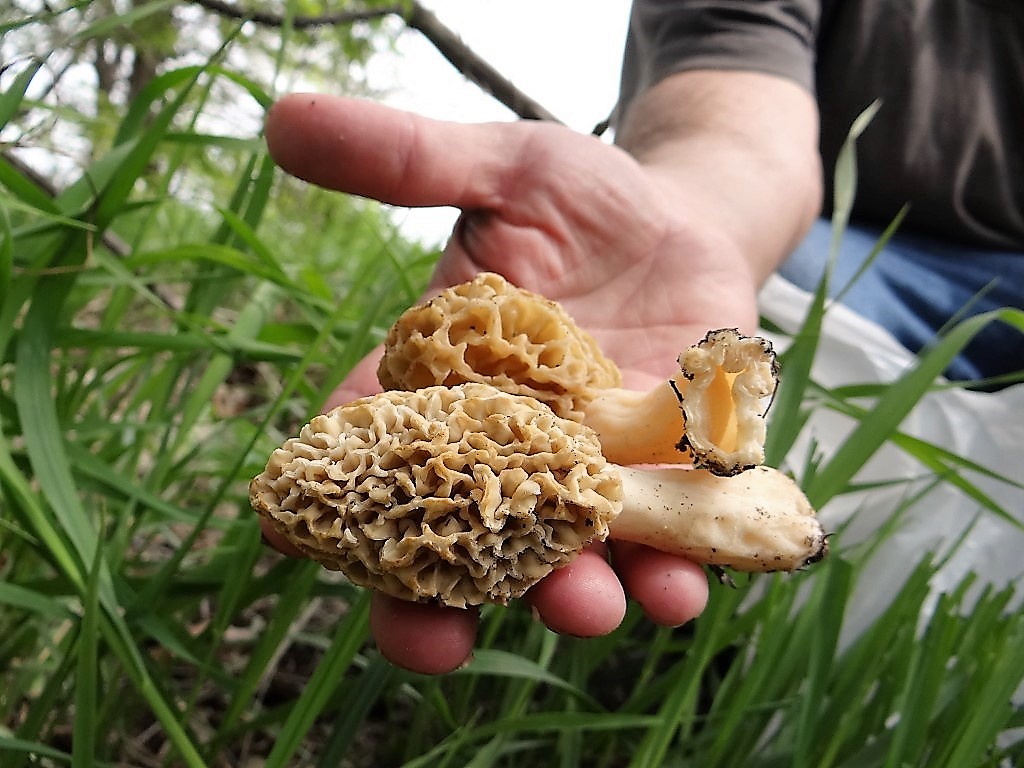
Did you know that other tasty wild edibles grow in spots near or amid the woods where morel mushrooms are found? Wild asparagus and Dryad’s saddle are among those and should not be overlooked, points out Kepler.
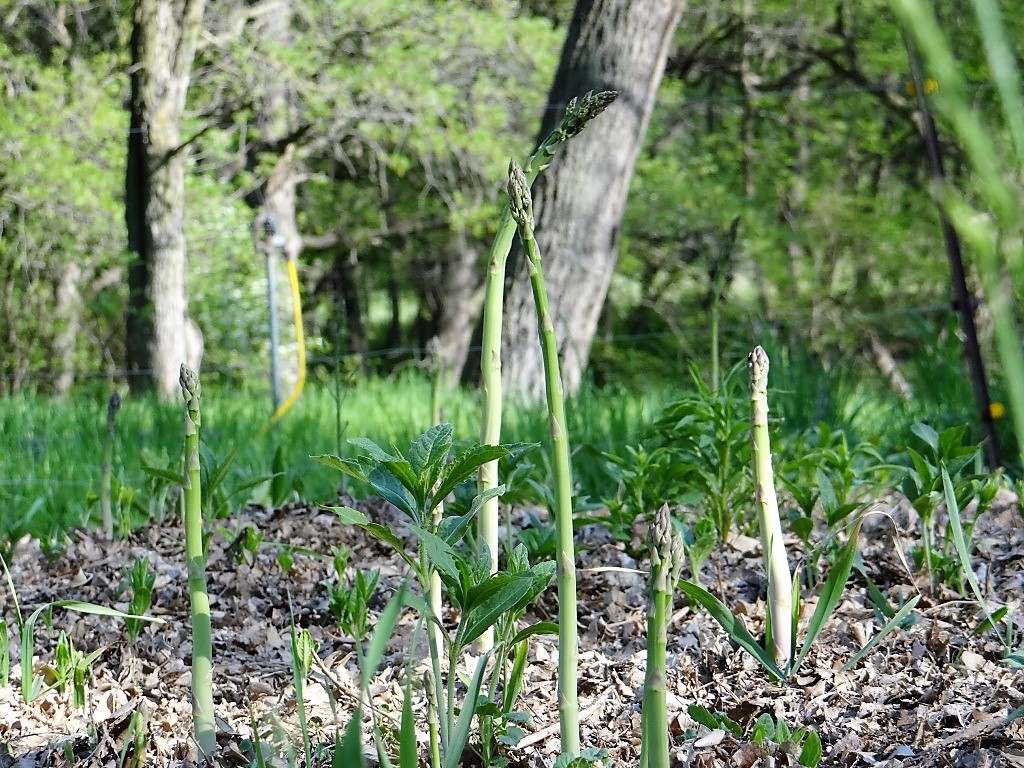
Morel mushroom hunting is a wonderful way to begin the foraging lifestyle and enjoy wild surroundings in the springtime. Kepler quips: “It’s a fun treasure or Easter egg-type hunt with exceptionally delicious rewards.” Kepler emphasizes that kids should be included on any morel hunt for the challenge and to learn about nature. “Also, being closer to the ground, once kids get a feel for finding morels, they are likely to detect more than the taller adults,” he emphasizes. He and his wife, Mary Frances, take their grandchildren out “morelling.”
I know that you don’t need to have an excuse to be outdoors in Nebraska during the springtime, but it’s sure easier to justify when a skillet full of golden fried mushrooms are on the stove destined for your dinner plate!
Happy hunting (and eating)!
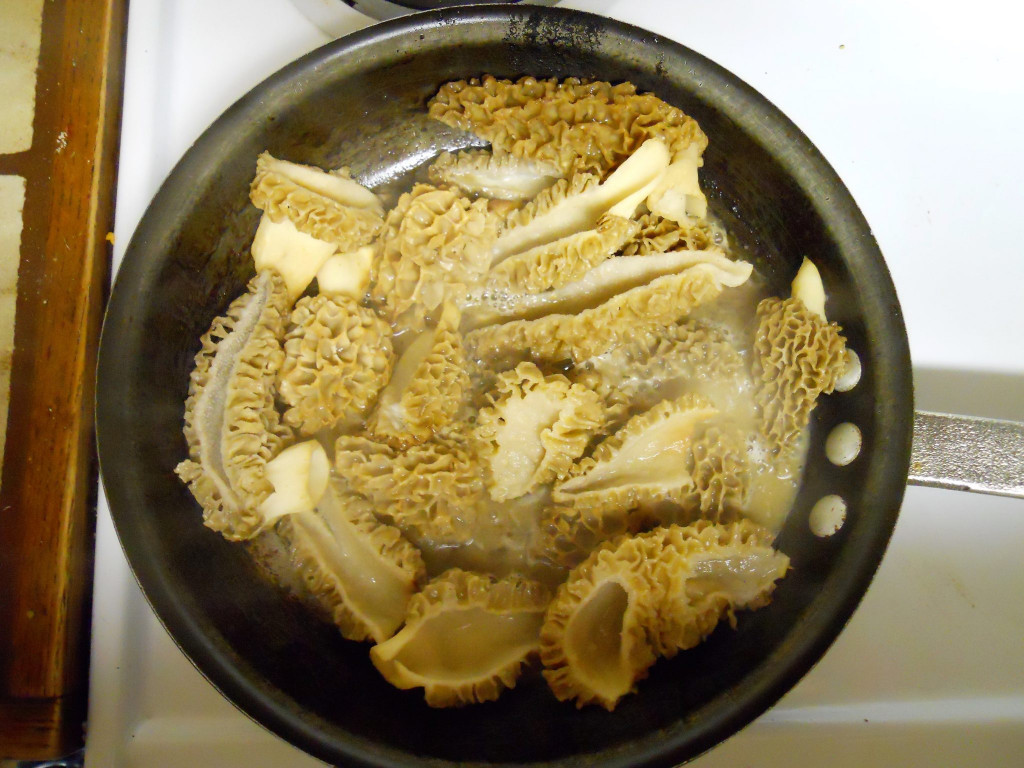
Blogger’s Note: Morel mushrooms are extremely popular, and becoming more so with each passing harvest. Professional chefs treasure them, home cooks love them, and mushroom foragers long for the thrill of the hunt.
Morels have garnered so much attention that the Nebraska Game and Parks Commission has devoted a portion of its website for reports, recipes and complete information on the fungi. Go here to access it.

The post Anxiously Awaiting The First Morels Of The Season appeared first on NEBRASKALand Magazine.























